How Long To Cook Turkey In Oil Free Fryer
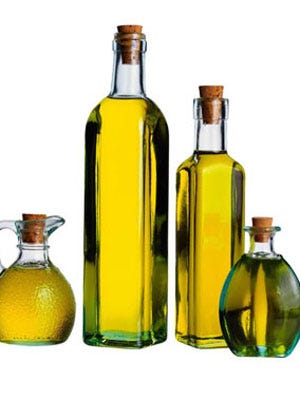
Most of us have a staple cooking grease—whether olive oil, canola oil or just plain butter—that we use on a regular basis, but it's always good to know what the best (and healthiest) cooking options are. Most research shows that, if used in moderation, oil, butter and margarine aren't completely unfriendly towards most diets. However, there are slight differences in intended use and good vs. bad fat content. Below, get the basics for your next pan-handling adventure in the kitchen.
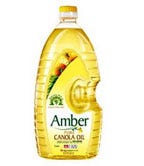
Canola Oil
Recognized by the American Dietetics Association and American Heart Association for its good-to-bad fat ratio and beneficial omega-3 fatty acids, canola oil is derived from a specially cultivated version of rapeseed. Its name is a shortened version of the phrase "Canadian oil, low acid"; the first canola plants were bred in Canada and lead to lower levels of erucic acid (which, at the time, was believed to have an adverse affect on the heart).
Recommended Use: Stir-frying and baking

Sunflower Oil
Linoleic and high oleic sunflower oils boast impressive levels of vitamin E. Both oils are derived from oilseed sunflower seeds—which differ from the non-oilseed or confectionary sunflower seeds used in snacks and baked goods. According to USDA.com, this oil meets the criteria for cholesterol-reducing diets since it is low in saturated fat and has high oleic acid content.
Recommended Use: High-heat frying, searing and browning
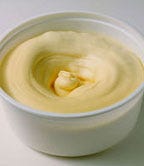
Margarine
Margarine—sometimes referred to as oleo—is an umbrella term that can account for an ample range of butter substitutes, and is simply identified as a vegetable or animal-fat extraction. Today's non-hydrogenated margarine is considered healthier than butter because it doesn't contain trans-fats.
Recommended Use: Some baking and spreading, such as on toast
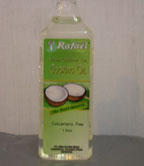
Coconut Oil
Coconut oil is often called a tropical oil and is extracted from the brown meat of a coconut. Due to its high saturated fat content (close to 90%), this oil remains controversial in the United States since consumption of saturated fatty acids have been linked to high levels of LDL cholesterol. The oil is still widely used in regions of South Asia where coconuts are prevalent.
Recommended Use: Frying, due its high heat tolerance.

Olive Oil
Extracted from the fruit of the olive tree , olive oil is much-loved for its proven cardio-protective benefits. Available in many different grades, regular consumption may reduce the risk of coronary heart disease due to the monounsaturated fat content in the oil.
Recommended Use: Salads and other cold ingredients (extra-virgin); light sautéing or cooking that remains under 320 degrees
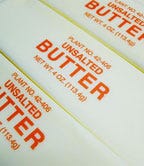
Butter
Butter is classified as an emulsion of mammal's milk, salt, flavorings and preservatives. Consisting of saturated fats and dietary cholesterol, butter is not usually recommended as a healthy cooking grease, though many people still prefer it due to its flavor.
Recommended Use: Baking, cream-sauce making and frying

Peanut Oil
Peanut oil, popular in Asian cooking, is noted to have the slight aroma of peanuts (which makes sense since it is derived from the same peanuts many people like to snack on). Though there are mixed claims about how healthy this oil is, its major fat content is mostly monounsaturated aka the "good" fat.
Recommended Use: Deep frying
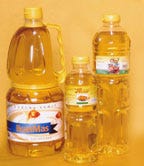
Palm Oil
Palm kernel oil (subtracted from the pit of the fruit) is unfavorably compared to palm oil (extracted from the fruit)—though research suggests that neither of the two versions is terribly healthy. Palm kernel oil is often preferred by manufacturers due its low cost, availability and melting characteristics, though palm oil is considered the healthier of the due to its lesser saturated fat content and higher antioxidant levels.
Recommended Use: Frying
This content is created and maintained by a third party, and imported onto this page to help users provide their email addresses. You may be able to find more information about this and similar content at piano.io
How Long To Cook Turkey In Oil Free Fryer
Source: https://www.womansday.com/food-recipes/cooking-tips/tips/a3653/the-grease-in-the-pan-8-cooking-oils-75532/
Posted by: nguyenanderfelve97.blogspot.com

0 Response to "How Long To Cook Turkey In Oil Free Fryer"
Post a Comment